Orangery, Lower Belvedere
19 October 2018 to 17 February 2019
“[…] I think it may be time for at least one painting to be hanging at the St.-G. [Staatsgalerie].”
Egon Schiele to his friend and patron Arthur Roessler, 21 June 1916
His
wish would be fulfilled as there are now a total of twenty works by
Egon Schiele in the Belvedere’s collection, including two permanent
loans. 2018 is the centenary of his death. Marking this occasion, an
in-depth exhibition considers all of the artist’s works that are – or
were – in the Belvedere’s collection. It traces the genesis of a
collection and also presents new findings about Schiele’s works.
Highlights include
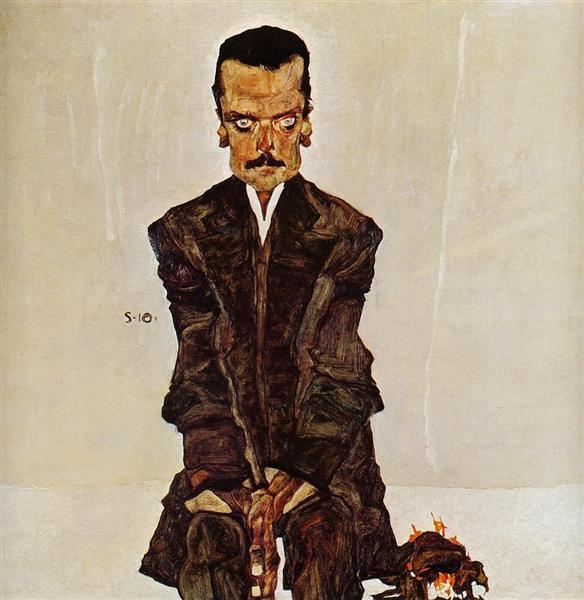 Eduard Kosmack
Eduard Kosmack,
 Portrait of Wally Neuzil
Portrait of Wally Neuzil,
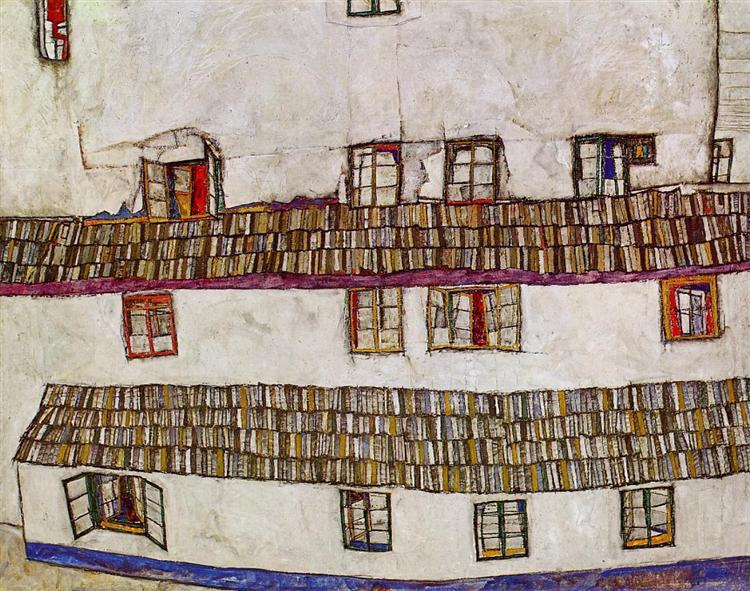 Facade of a House
Facade of a House,
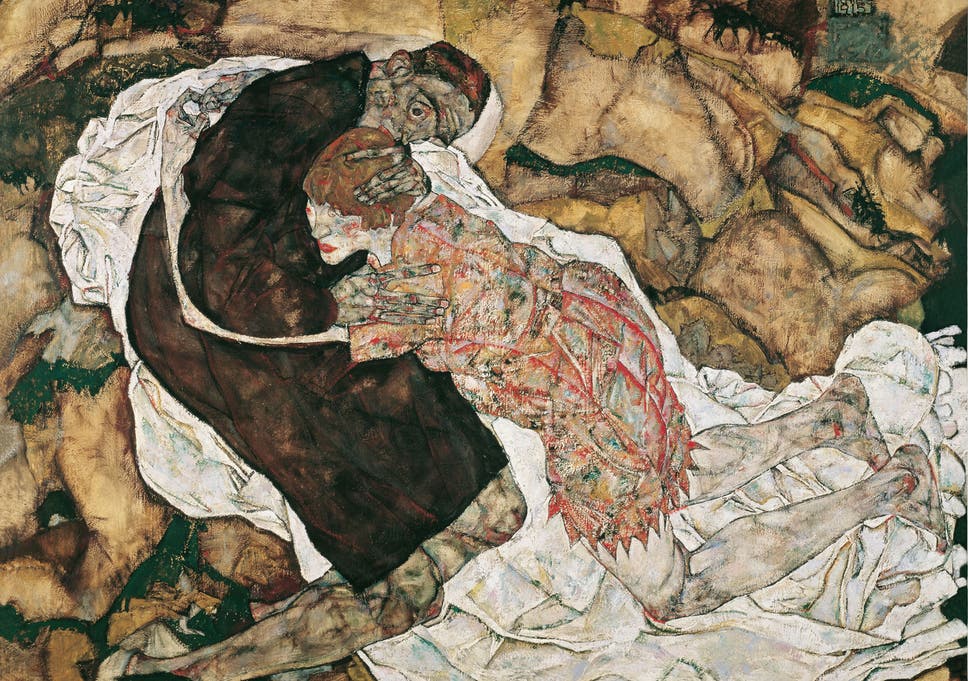 Death and Maiden
Death and Maiden,
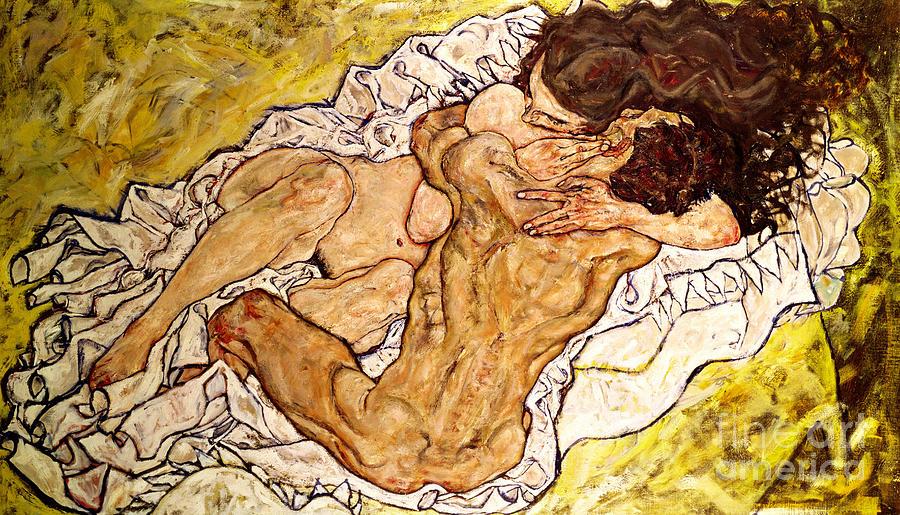 Embrace
Embrace,
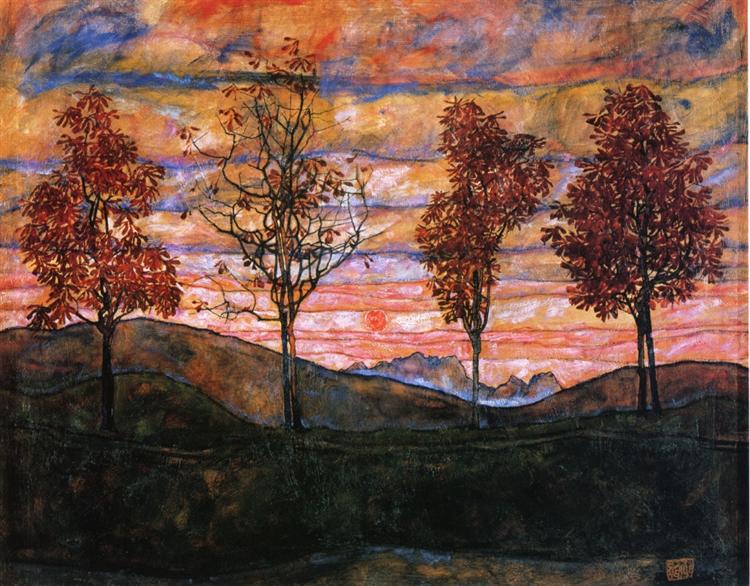
and
Four Trees.
Curator
Kerstin Jesse answers questions about the works’ acquisition and
motifs, shedding light, for example, on the people portrayed in the
images. The show is enriched by many loans, especially preliminary
studies and sketches related to the works at the Belvedere.
Preparations
for the exhibition included scientific analyses resulting in new
findings about the artist’s painting technique and working methods and
these will also be presented for the first time. In addition, it
features a selection of papers and documents from the archives, some
which have never been on public view before and offer deeper insights
into the acquisition histories and the fates of individual collectors.
The
interwar years are characterized by the wish for international
connections that transcended new political and ideological boundaries.
There was a vibrant exchange of ideas between artists resulting in
constructivist, expressionist, and fantastical trends. Cosmopolitan
networks emerged among the artists of the former Austro-Hungarian Empire
while art magazines made an increasingly important contribution to
disseminating these new ideas. The outbreak of the Second World War
brought this internationalism to an abrupt end and the sense of a shared
culture faded, once again, into the background. The exhibition seeks to
reveal the parallels during this period and demonstrate continuity and
change in the art of the Austro-Hungarian Empire and its successor
nation states.
The
interwar years are characterized by the wish for international
connections that transcended new political and ideological boundaries.
There was a vibrant exchange of ideas between artists resulting in
constructivist, expressionist, and fantastical trends. Cosmopolitan
networks emerged among the artists of the former Austro-Hungarian Empire
while art magazines made an increasingly important contribution to
disseminating these new ideas. The outbreak of the Second World War
brought this internationalism to an abrupt end and the sense of a shared
culture faded, once again, into the background. The exhibition seeks to
reveal the parallels during this period and demonstrate continuity and
change in the art of the Austro-Hungarian Empire and its successor
nation states.
Featuring works by
around eighty artists including Josef Capek, Friedl Dicker-Brandeis,
Albin Egger-Lienz, Gustav Klimt, Oskar Kokoschka, Koloman Moser, Antonin
Prochaska, Egon Schiele, Lajos Tihanyi, and many more.
An
exhibition by the Belvedere, Vienna and the Centre for Fine Arts,
Brussels (BOZAR) in cooperation with the Museum of Fine Arts, Budapest –
Hungarian National Gallery
The
interwar years are characterized by the wish for international
connections that transcended new political and ideological boundaries.
There was a vibrant exchange of ideas between artists resulting in
constructivist, expressionist, and fantastical trends. Cosmopolitan
networks emerged among the artists of the former Austro-Hungarian Empire
while art magazines made an increasingly important contribution to
disseminating these new ideas. The outbreak of the Second World War
brought this internationalism to an abrupt end and the sense of a shared
culture faded, once again, into the background. The exhibition seeks to
reveal the parallels during this period and demonstrate continuity and
change in the art of the Austro-Hungarian Empire and its successor
nation states.
Featuring works by
around eighty artists including Josef Capek, Friedl Dicker-Brandeis,
Albin Egger-Lienz, Gustav Klimt, Oskar Kokoschka, Koloman Moser, Antonin
Prochaska, Egon Schiele, Lajos Tihanyi, and many more.
An
exhibition by the Belvedere, Vienna and the Centre for Fine Arts,
Brussels (BOZAR) in cooperation with the Museum of Fine Arts, Budapest –
Hungarian National Gallery





